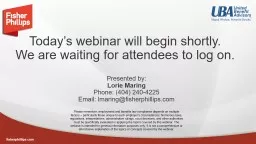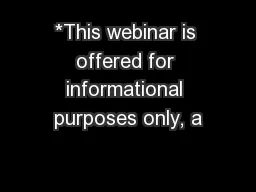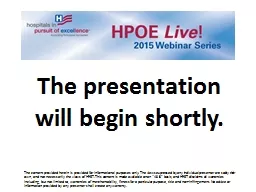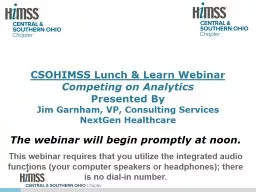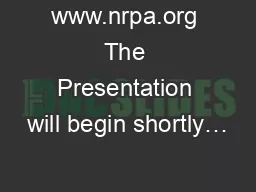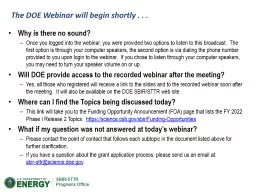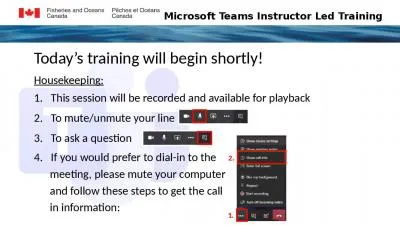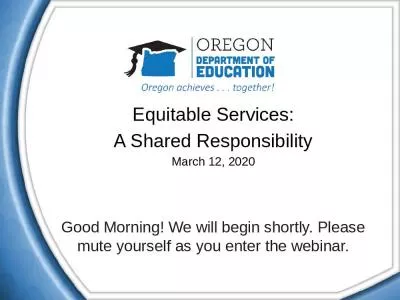PPT-Today’s webinar will begin shortly.
Author : giovanna-bartolotta | Published Date : 2019-11-21
Todays webinar will begin shortly We are waiting for attendees to log on Presented by Lorie Maring Phone 404 2404225 Email lmaringfisherphillipscom Please remember
Presentation Embed Code
Download Presentation
Download Presentation The PPT/PDF document "Today’s webinar will begin shortly." is the property of its rightful owner. Permission is granted to download and print the materials on this website for personal, non-commercial use only, and to display it on your personal computer provided you do not modify the materials and that you retain all copyright notices contained in the materials. By downloading content from our website, you accept the terms of this agreement.
Today’s webinar will begin shortly.: Transcript
Download Rules Of Document
"Today’s webinar will begin shortly."The content belongs to its owner. You may download and print it for personal use, without modification, and keep all copyright notices. By downloading, you agree to these terms.
Related Documents

